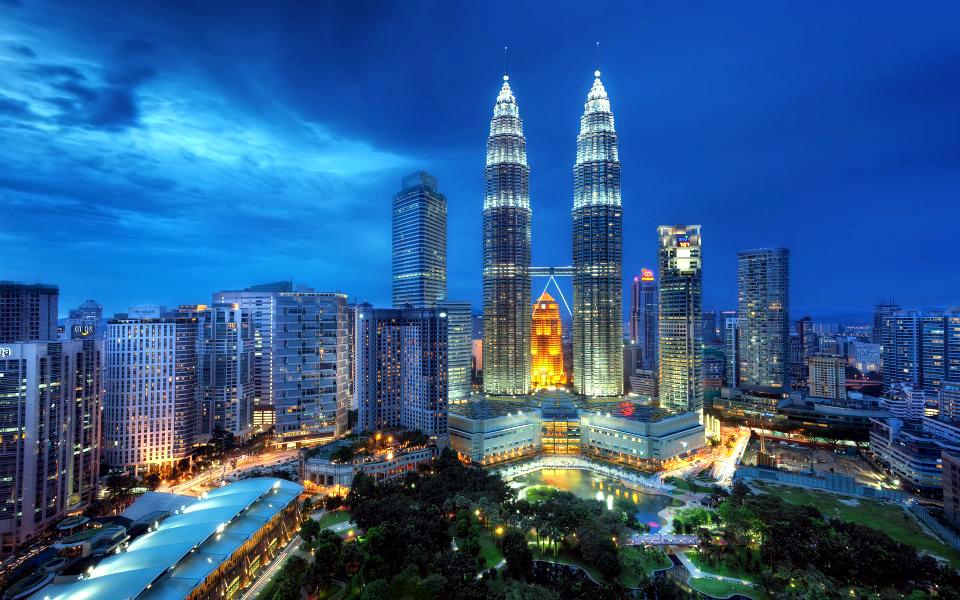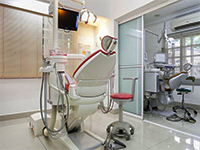Malaysia - Regional Leader in Dental Surgery

Malaysia consists of thirteen states and three federal territories, separated by the South China Sea into two similarly sized regions, Peninsular Malaysia and East Malaysia (Malaysian Borneo). The capital city is Kuala Lumpur and the national, or official, language is Malay (mother tongue of the majority Malay ethnic group. English remains an active second language, which is widely understood in service industries and is a compulsory subject in primary and secondary school. It is also the main language spoken in most private colleges and universities.
Malaysia is one of 17 mega-diverse countries on earth, with large numbers of endemic species. Since its independence, Malaysia has had one of the best economic records in Asia; the economy has traditionally been fueled by its natural resources, but is expanding in the sectors of science, tourism, commerce and medical tourism. T
The overall infrastructure of Malaysia is one of the most developed in Asia; its telecommunications network is second only to Singapore's in Southeast Asia, with 4.7 million fixed-line subscribers and more than 30 million cellular subscribers. Internet in Malaysia has become the main platform for free discussion in Malaysia's otherwise tightly controlled media environment.
Malaysian Dental Industry
The Malaysian Dental Council (MDC) has 6 primary functions by which it serves the dental profession. The functions are Upholding and maintaining professional standards and ethics in the practice of dentistry; Recognition of Dental Degrees; Registration of Dental Practitioners in Malaysia; Issuance of Annual Practicing Certificates and Temporary Practicing Certificates; Maintenance of the Malaysian Dental Register; Exercising disciplinary jurisdiction over registered practitioners.
Getting There
Public transport in Malaysia is reliable and inexpensive. Much of your travelling, particularly in Peninsular Malaysia, will be by bus, minivan or, less often, long-distance taxi. Budget flights are a great option for hopping around the region, especially given that no ferries connect Peninsular and east Malaysia. Although the Peninsula’s rail system (there’s also a small stretch in Sabah), has to some extent been superseded by highways and faster buses, it still has its uses, particularly in the interior and on the express run north from Butter worth to Bangkok. Sabah and Sarawak have their own travel peculiarities – in Sarawak, for instance, you’re reliant on boats, and occasionally planes, for some long-distance travel.
The Kuala Lumpur International Airport (KUL) serves as the main hub for air travel within Malaysia. In the state of Sarawak, even some of the smaller towns and villages, especially those in the mountainous regions are linked by Malaysia Airlines' (MAS) Rural Air Service, where air travel is an adventure by itself!
Visitor Highlights
The Tourist Development Corporation of Malaysia (TDC) became the Malaysia Tourism Promotion Board (MTPB) popularly known as Tourism Malaysia, its full focus is on promoting Malaysia domestically and internationally. They have their own website which you can learn anything you need to know about Malaysia, check their website for more information, deals, bookings, etc.

